Cette marque assez peu connue a ses origines au milieu du XIXe siècle quand Jean-Pierre Delaugère fonda une entreprise de fabrication de voitures hippomobiles à Orléans. La famille aborda l'automobile à la fin des années 1890 en utilisant initialement des moteurs De Dion-Bouton puis des moteurs de sa propre fabrication. Les premières automobiles Delaugère ressemblaient aux Panhard. En 1904, Maurice Clayette s'associa aux Delaugère dans une société qui prit le nom de « SA des Ets Delaugère, Clayette Frères et Compagnie ». Après la Grande Guerre, Delaugère acheta ses moteurs chez des spécialistes, mais rencontra des difficultés financières en temps de crise. Panhard racheta l'usine et en fit son atelier de carrosserie. Introduite en 1904, la Delaugère Type 4A représenta une rupture avec le modèle Panhard en utilisant un châssis en bois armé muni d'extensions en acier (comme Darracq) pour soutenir le moteur et la boîte. Le premier était une quatre-cylindres de 6,3 litres, à soupapes d'admission en tête et d'échappement latérales, qui entraînait, équipé d'un allumage à basse tension, les roues arrière via une boîte à quatre rapports et deux chaînes. Cette voiture, datée de 1904 par le Veteran Car Club britannique, peut donc participer au Rallye Londres-Brighton. La carrosserie, installée lors de son séjour au Aarholm Museum au Danemark, n'est pas d'origine, tandis que le Certificat de Datation du VCC (n° 2337 délivré le 25 septembre 2000) précise que le carburateur, la magnéto et le radiateur ne sont pas non plus d'origine. Des copies des catalogues seront jointes à la voiture. This little known make dates back to the mid-19th Century when Jean-Pierre Delaugère founded a carriage-making business in Orleans. The family began experimenting with powered transport in the late 1890s, initially using De Dion-Bouton engines and then its own. Delaugère's early automobiles were constructed along Panhard lines. In 1904 Maurice Clayette joined the company, which was re-titled 'SA des Éts Delaugère, Clayette Frères et Compagnie'. After WWI Delaugère turned to proprietary engines but was soon in difficulty, struggling to sell its expensive cars in times of economic downturn. Panhard bought the factory, which was turned over to making bodies. Introduced in 1904, Delaugère's Type 4A represented a departure from the Panhard tradition, using a wood-reinforced steel chassis frame with steel extensions (like Darracq) to support the engine and gearbox. The former was a 6.3-litre, four-cylinder, F-head unit equipped with low-tension ignition, which drove the rear wheels via a four-speed gearbox and double chain drive. This car is dated by the UK's Veteran Car Club as of 1904 manufacture and thus is a strong contender for the London-Brighton Run. The body is a non-original item fitted during the car's stay in the Aarholm Museum in Denmark, while the VCC Certificate of Date (No. 2337, issued on 25th September 2000) states that the carburettor, magneto and radiator likewise are not original. Copies of sales catalogues are included in the sale.
Cette marque assez peu connue a ses origines au milieu du XIXe siècle quand Jean-Pierre Delaugère fonda une entreprise de fabrication de voitures hippomobiles à Orléans. La famille aborda l'automobile à la fin des années 1890 en utilisant initialement des moteurs De Dion-Bouton puis des moteurs de sa propre fabrication. Les premières automobiles Delaugère ressemblaient aux Panhard. En 1904, Maurice Clayette s'associa aux Delaugère dans une société qui prit le nom de « SA des Ets Delaugère, Clayette Frères et Compagnie ». Après la Grande Guerre, Delaugère acheta ses moteurs chez des spécialistes, mais rencontra des difficultés financières en temps de crise. Panhard racheta l'usine et en fit son atelier de carrosserie. Introduite en 1904, la Delaugère Type 4A représenta une rupture avec le modèle Panhard en utilisant un châssis en bois armé muni d'extensions en acier (comme Darracq) pour soutenir le moteur et la boîte. Le premier était une quatre-cylindres de 6,3 litres, à soupapes d'admission en tête et d'échappement latérales, qui entraînait, équipé d'un allumage à basse tension, les roues arrière via une boîte à quatre rapports et deux chaînes. Cette voiture, datée de 1904 par le Veteran Car Club britannique, peut donc participer au Rallye Londres-Brighton. La carrosserie, installée lors de son séjour au Aarholm Museum au Danemark, n'est pas d'origine, tandis que le Certificat de Datation du VCC (n° 2337 délivré le 25 septembre 2000) précise que le carburateur, la magnéto et le radiateur ne sont pas non plus d'origine. Des copies des catalogues seront jointes à la voiture. This little known make dates back to the mid-19th Century when Jean-Pierre Delaugère founded a carriage-making business in Orleans. The family began experimenting with powered transport in the late 1890s, initially using De Dion-Bouton engines and then its own. Delaugère's early automobiles were constructed along Panhard lines. In 1904 Maurice Clayette joined the company, which was re-titled 'SA des Éts Delaugère, Clayette Frères et Compagnie'. After WWI Delaugère turned to proprietary engines but was soon in difficulty, struggling to sell its expensive cars in times of economic downturn. Panhard bought the factory, which was turned over to making bodies. Introduced in 1904, Delaugère's Type 4A represented a departure from the Panhard tradition, using a wood-reinforced steel chassis frame with steel extensions (like Darracq) to support the engine and gearbox. The former was a 6.3-litre, four-cylinder, F-head unit equipped with low-tension ignition, which drove the rear wheels via a four-speed gearbox and double chain drive. This car is dated by the UK's Veteran Car Club as of 1904 manufacture and thus is a strong contender for the London-Brighton Run. The body is a non-original item fitted during the car's stay in the Aarholm Museum in Denmark, while the VCC Certificate of Date (No. 2337, issued on 25th September 2000) states that the carburettor, magneto and radiator likewise are not original. Copies of sales catalogues are included in the sale.
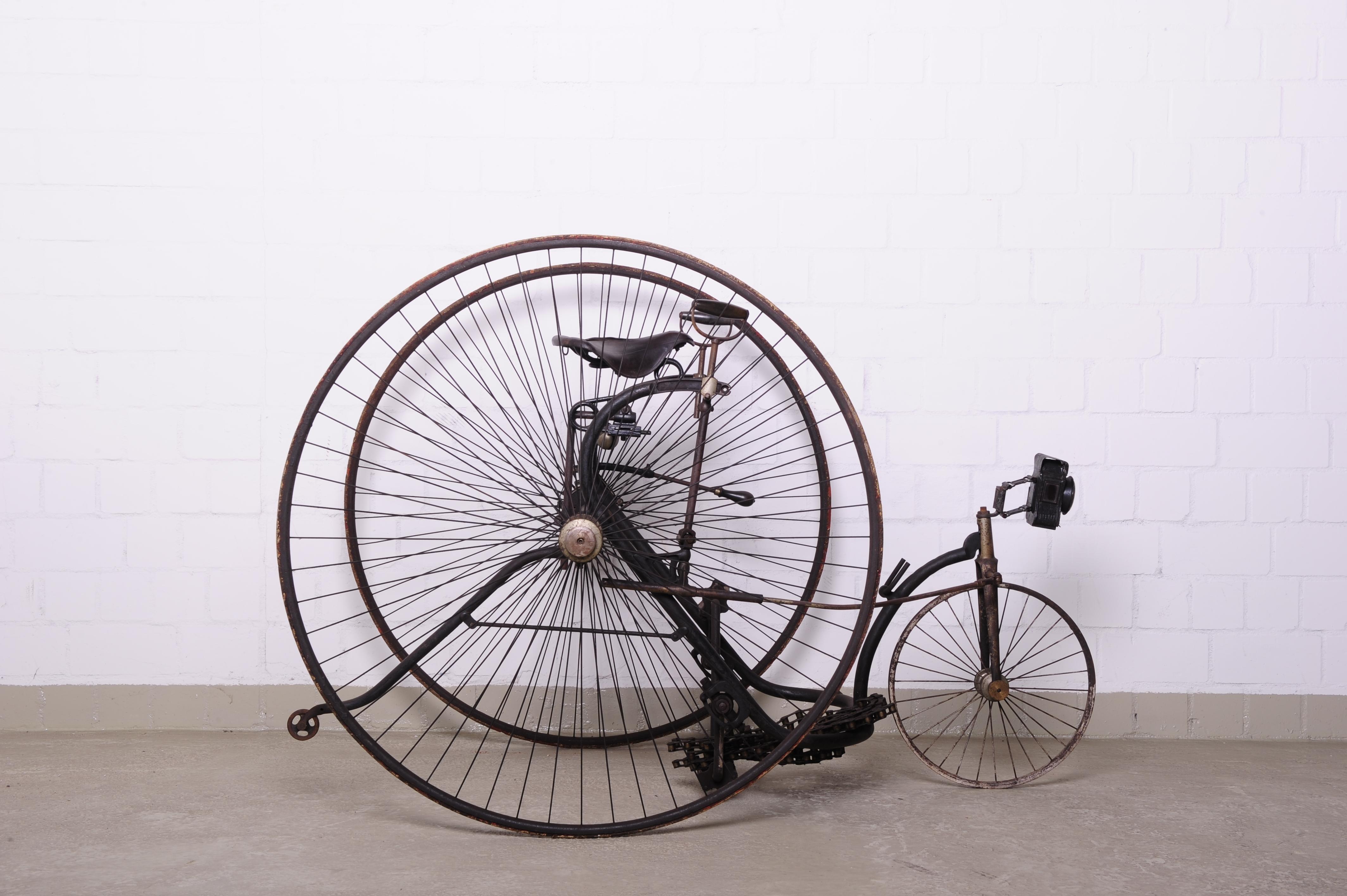
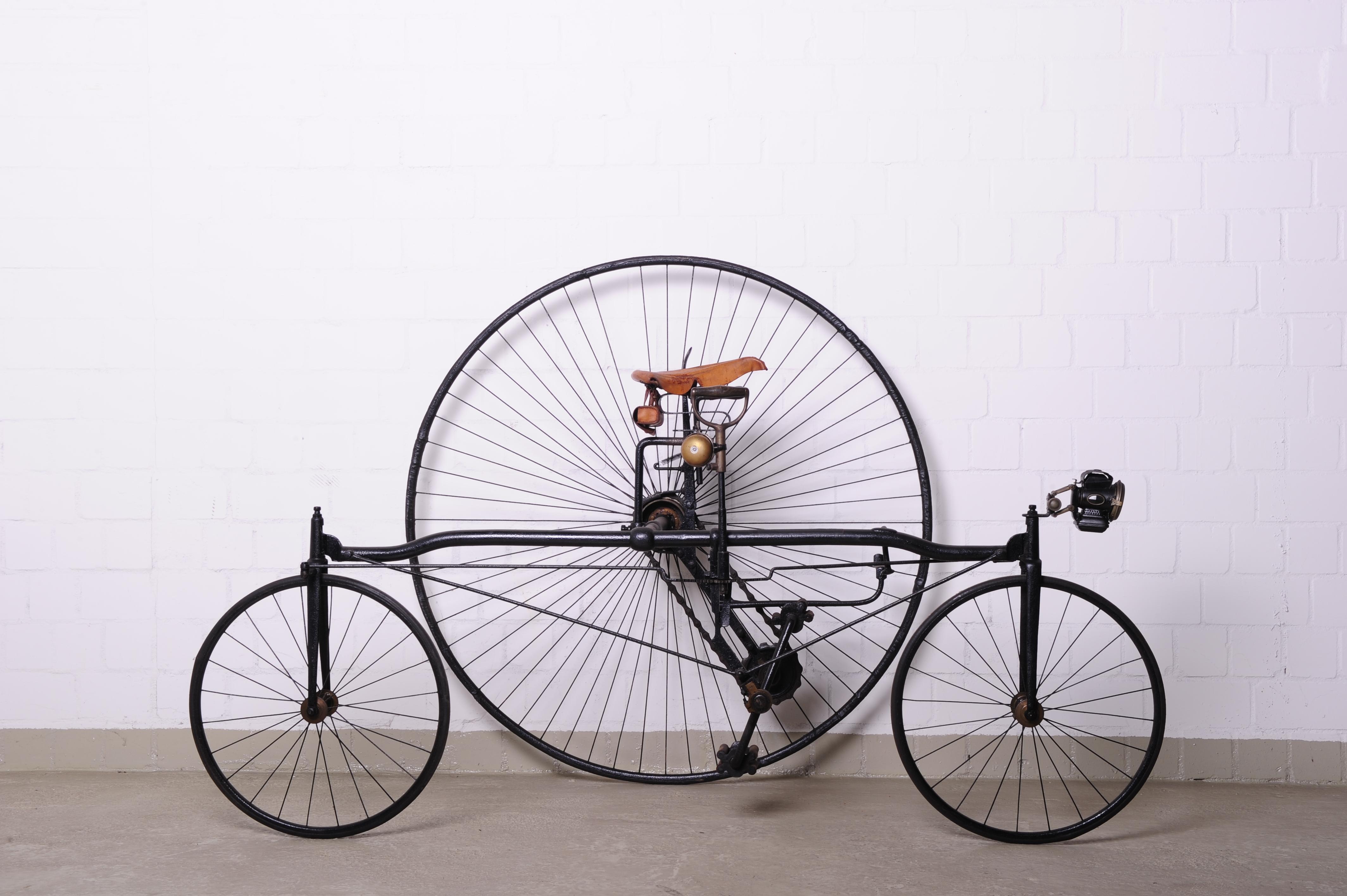
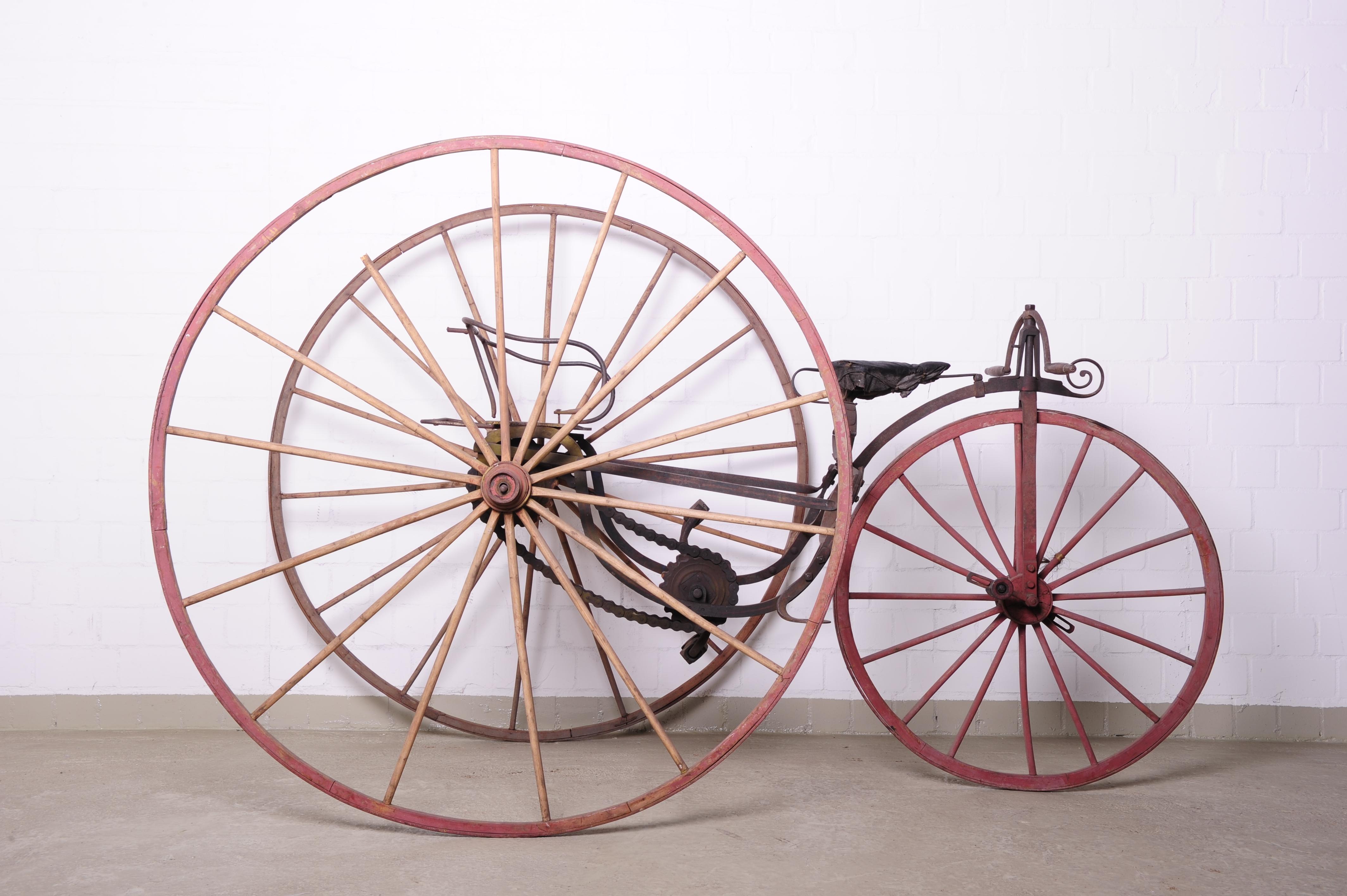
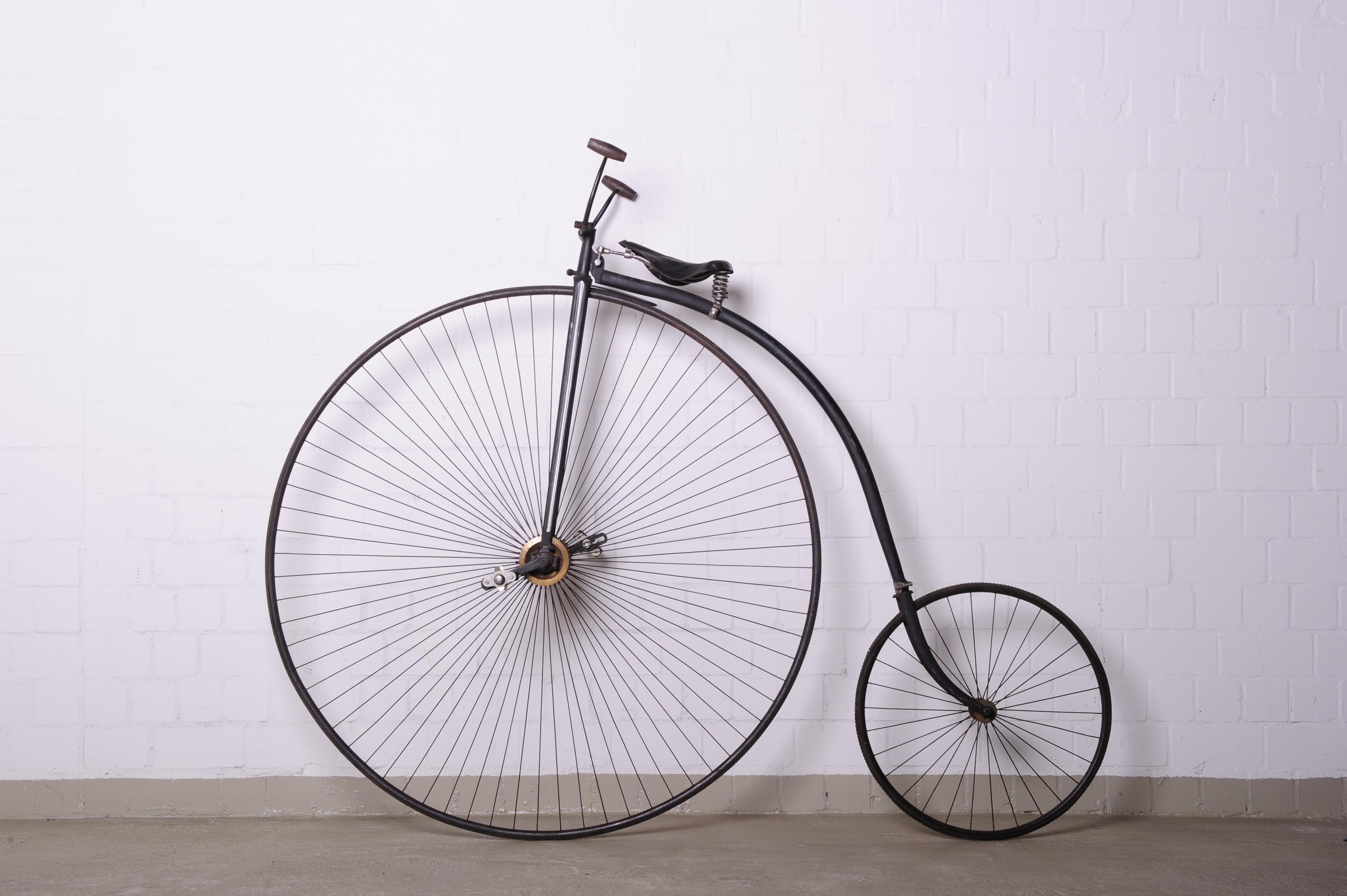
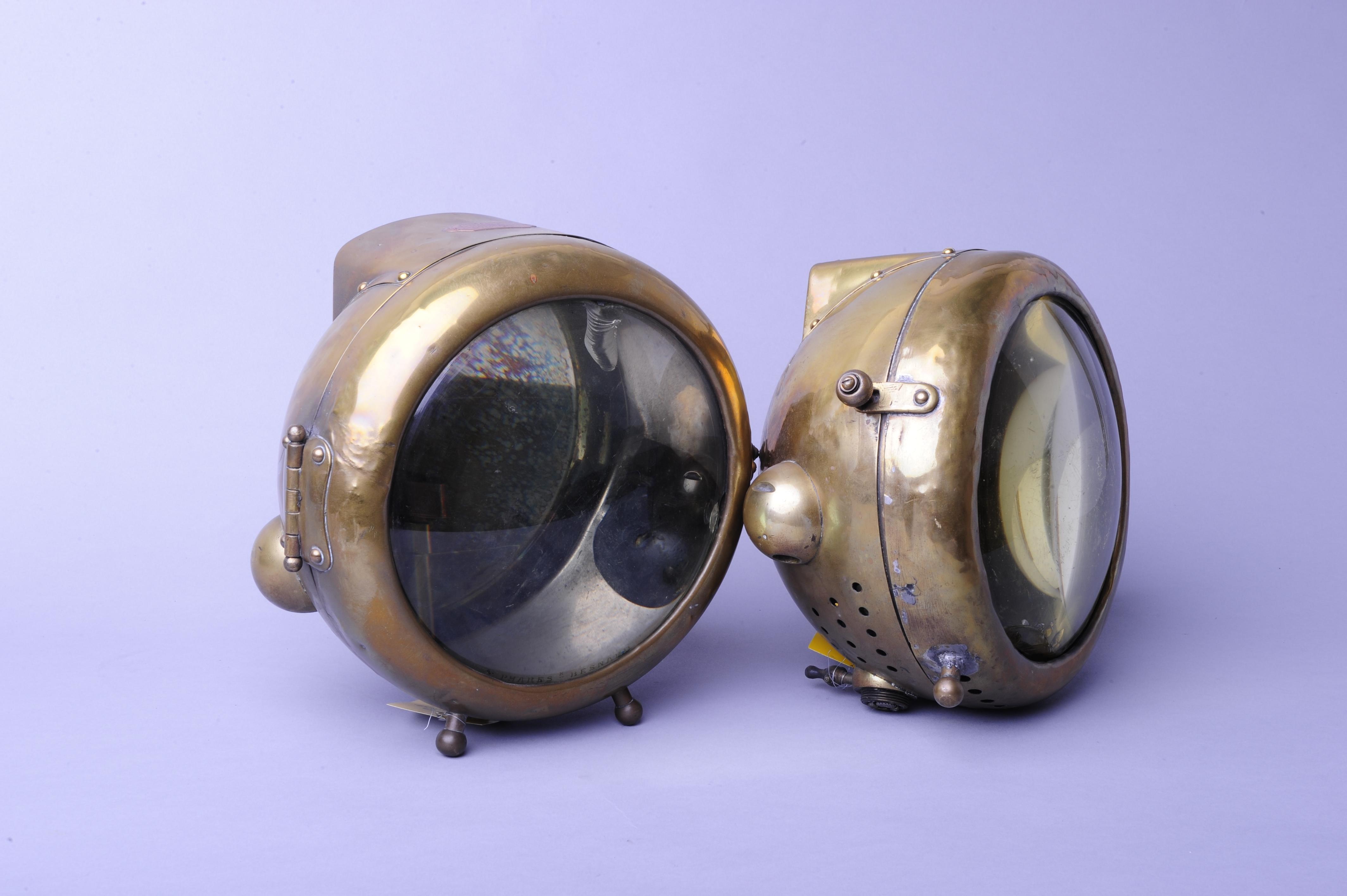

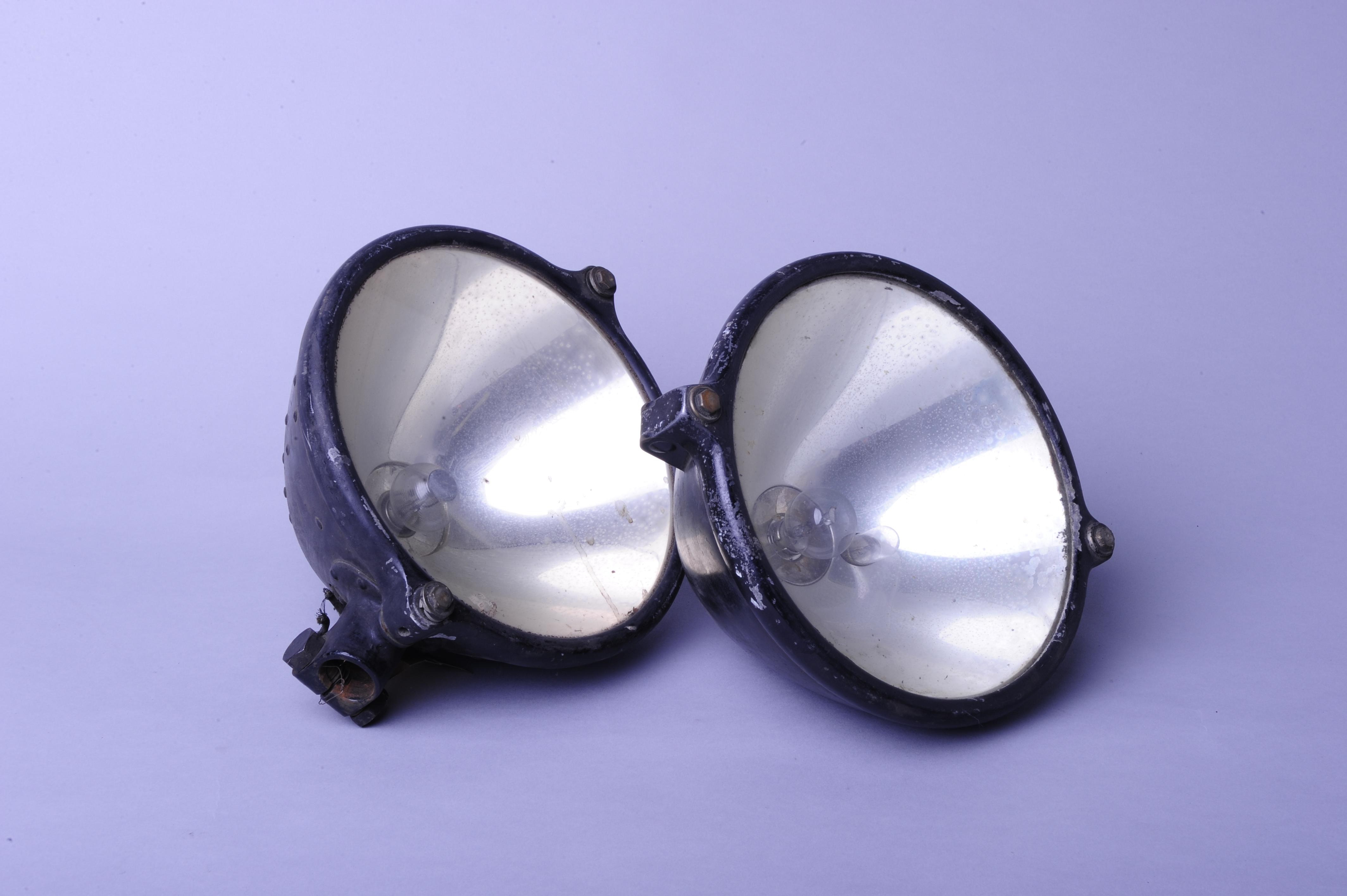
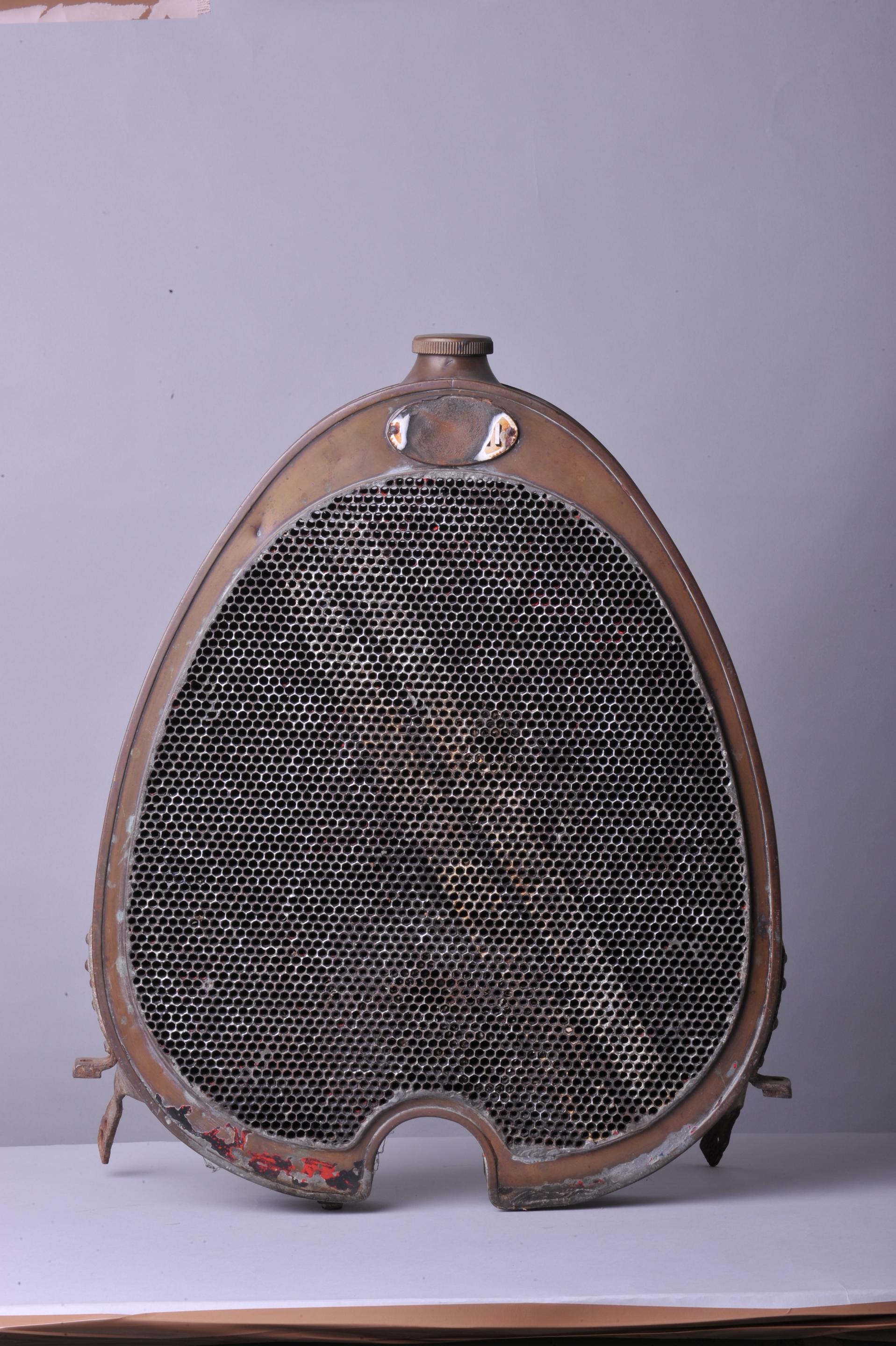
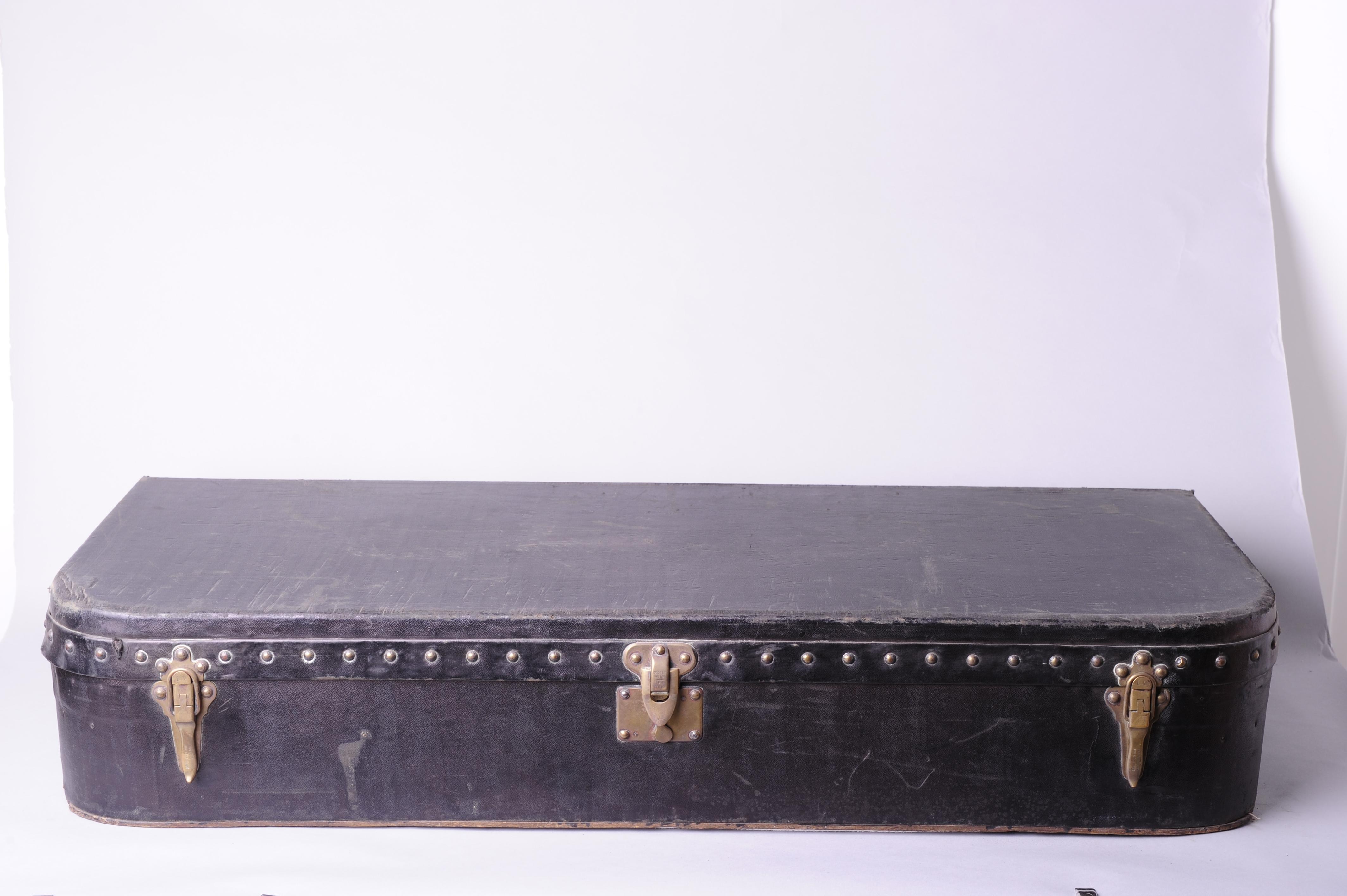
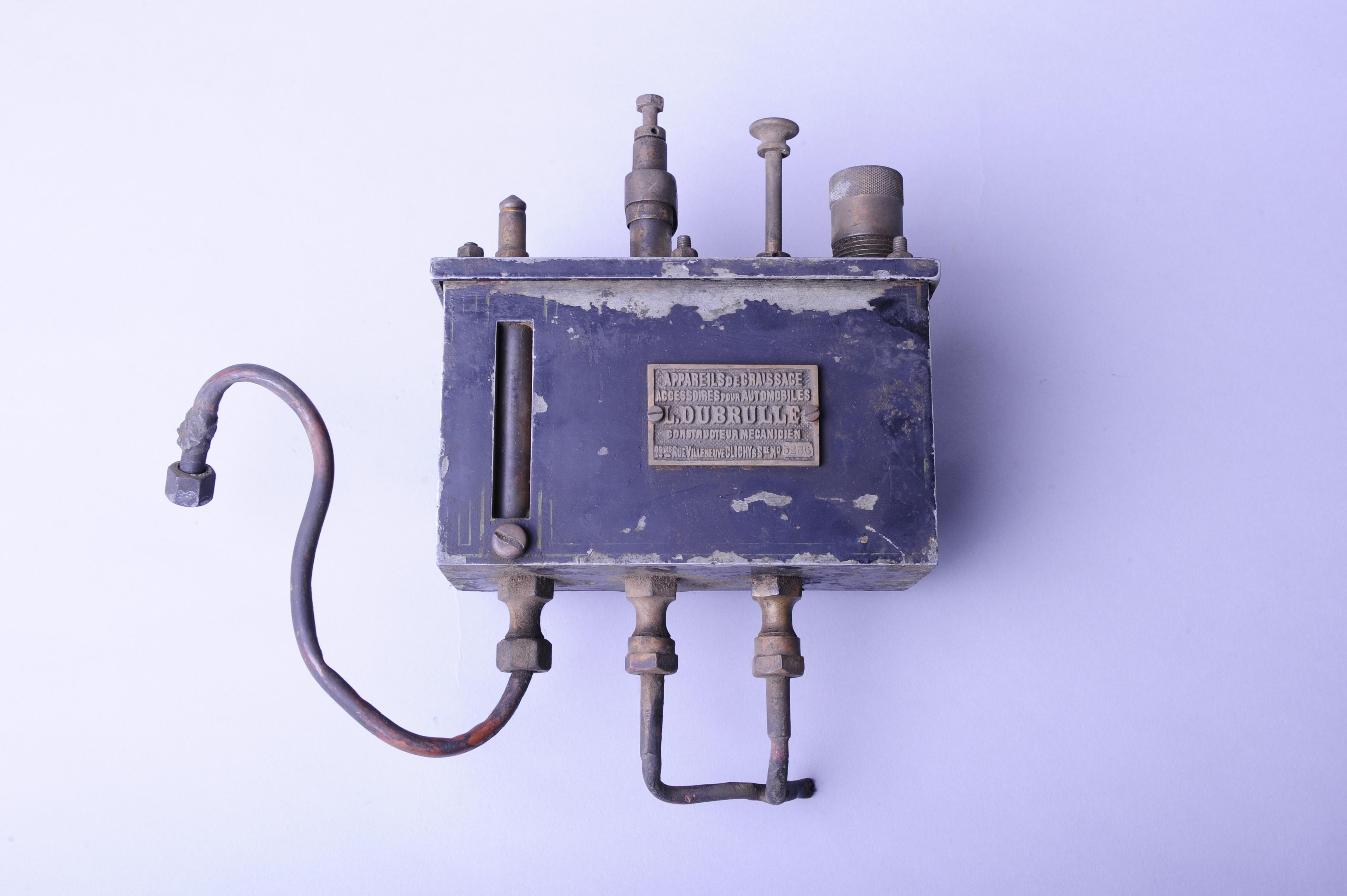
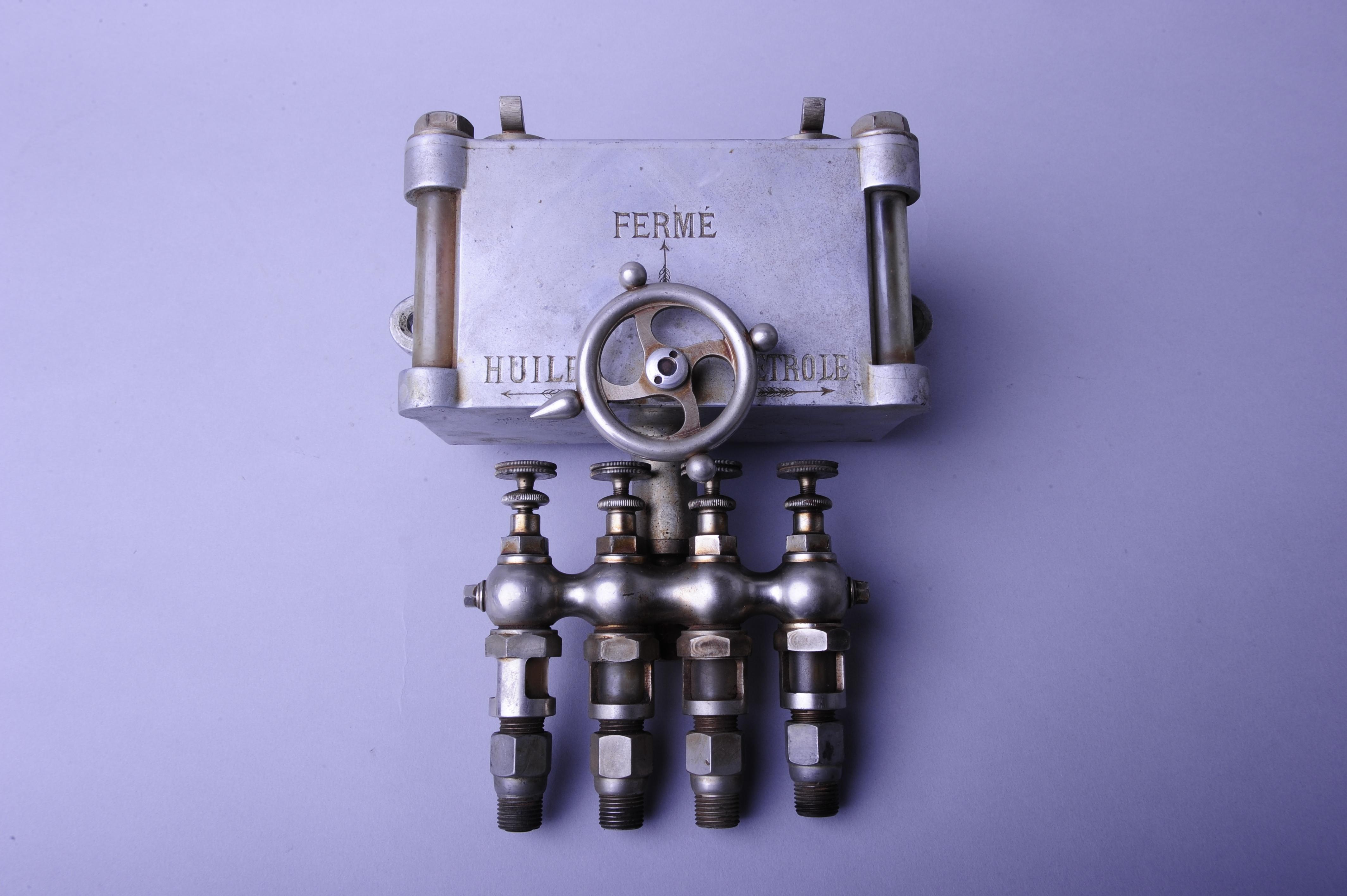
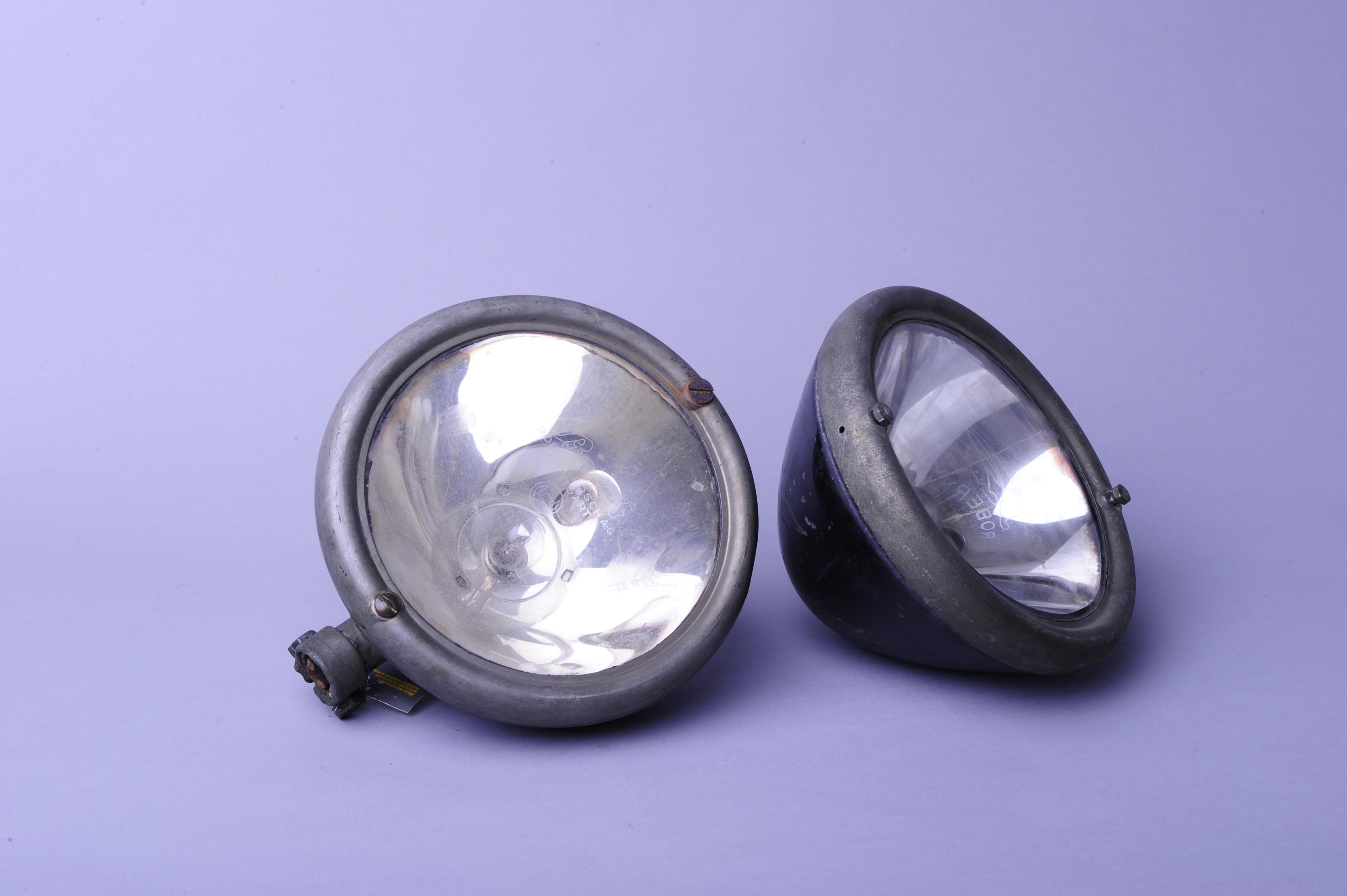
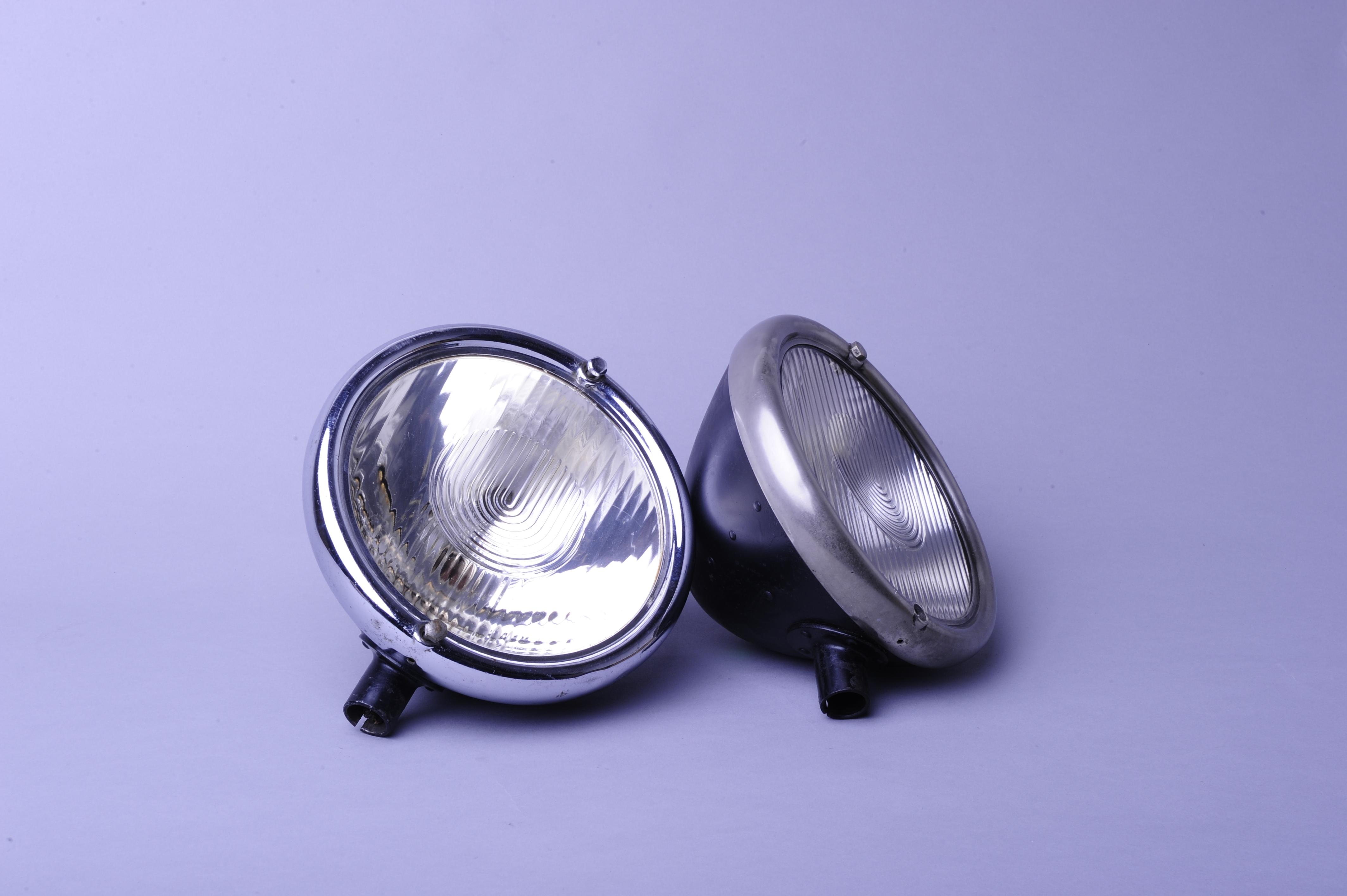

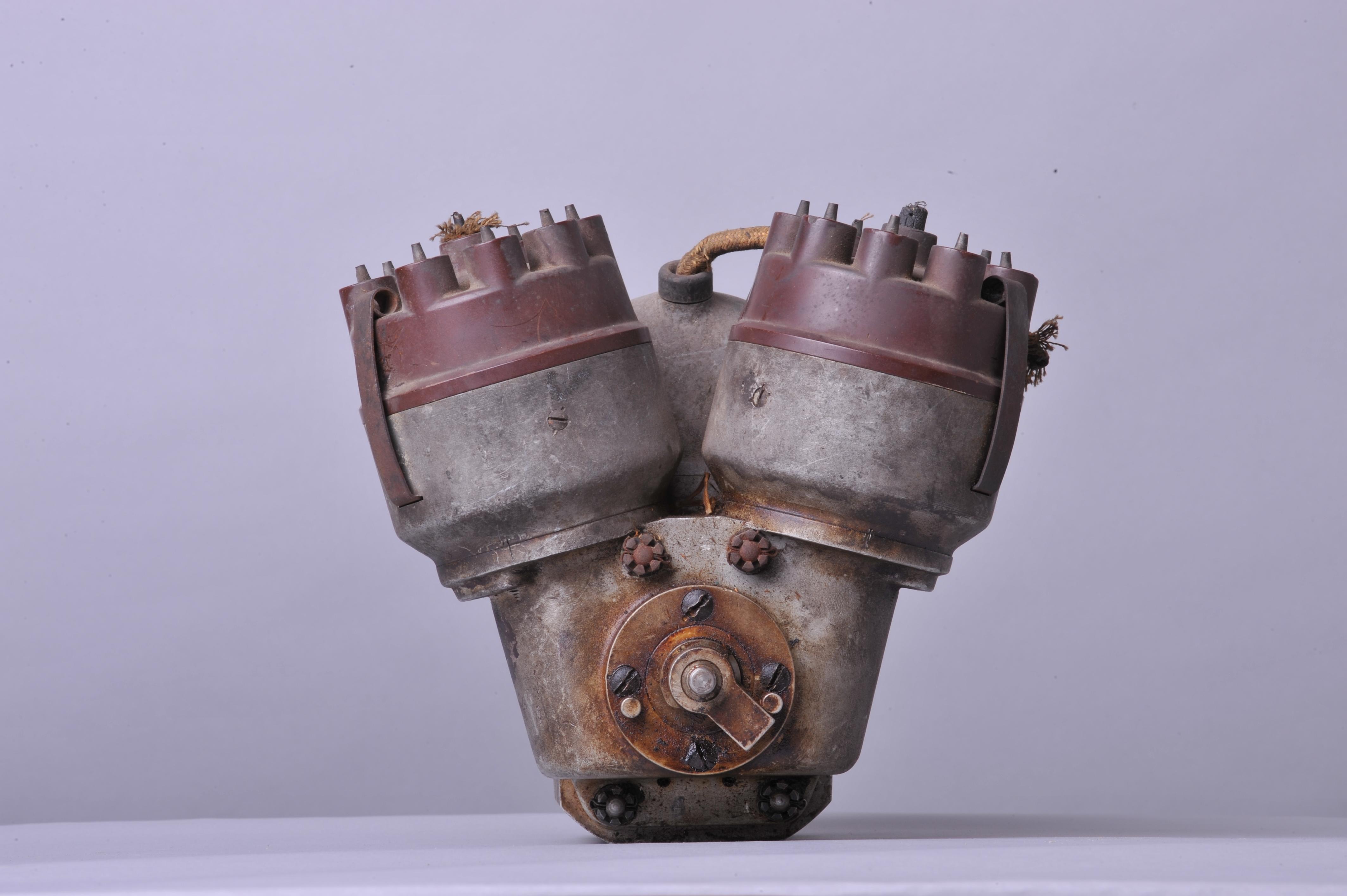
Testen Sie LotSearch und seine Premium-Features 7 Tage - ohne Kosten!
Lassen Sie sich automatisch über neue Objekte in kommenden Auktionen benachrichtigen.
Suchauftrag anlegen